After several years of piloting, Uzbekistan, the world’s sixth-largest cotton producer, has launched the Better Cotton Program which, according to the Better Cotton Initiative, has the potential to incentivize cotton farmers by linking them to international markets and supporting them to continuously improve their practices.
Under the program, Uzbekistan will enable reforms in the newly privatized cotton sector and will help it meet international standards through commercial incentives.
Better Cotton emphasized that its Standard System would provide robust and credible decent work monitoring systems and will also introduce physical traceability that will enable full segregation and tracing of cotton from licensed farms through the supply chain.
At the present time, no licensed Better Cotton from Uzbekistan will be sold via the mass balance chain of custody.
Since the reform process of Uzbekistan’s cotton sector began seven years ago, an estimated two million children have been taken out of child labor and half a million adults out of forced labor says data from the 2021 Third-Party Monitoring Report of the Cotton Harvest in Uzbekistan by the International Labor Organization (ILO), which declared Uzbekistan’s cotton sector forced labor and child labor free in March last year.
Back in 2006, more than 300 apparel brands and retailers have supported the boycott of Uzbekistan cotton over the country’s long-standing practice of systemic use of child and forced labor in the cotton harvest and production processes.
Uzbekistan, however, has embarked on reforms that include the eradication of previously prevalent child labor and forced labor in the annual cotton harvest.
The pilot implementation of the Better Cotton Principles and Criteria in Uzbekistan was enticed and initiated by the International Finance Corporation (IFC) and GIZ starting in 2017.
Six of the initial 12 large farms in the program are still participating and benefiting from the significant training and their results are assessed against the Better Cotton Principles and Criteria by trained and approved third-party verifiers.



